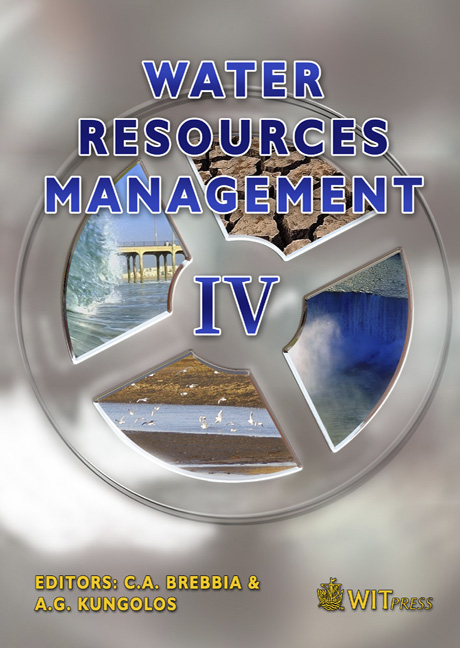Groundwater Resources, Development And Management In The Largest Tectonic Sedimentary Basin, Japan
Price
Free (open access)
Transaction
Volume
103
Pages
8
Published
2007
Size
2,198 kb
Paper DOI
10.2495/WRM070321
Copyright
WIT Press
Author(s)
T. Tanaka
Abstract
The purpose of this paper is to show a typical example of excessive extraction of groundwater resources and their resulting problems suffered in the economic growth period in Japan from 1955 to 1972. In the case of the study basin, this problem has been remedied by the implementation of regulations over the past 50 years and the relatively high recharge rate due to the natural hydrologic conditions of the area. Environmental consequences according to the excessive groundwater development and strategies for groundwater resource management are discussed, based on the Japanese experiences during the past 50 years. Keywords: tectonic sedimentary basin, groundwater resources, excessive extraction, land subsidence, countermeasures, regulation law, monitoring system. 1 Introduction The Kanto Plain is the largest tectonic sedimentary basin in Japan as shown in fig. 1. The plain is underlain by Pliocene and Pleistocene sediments of the Kanto Tectonic Basin, consisting of unconsolidated layers of silt, sand and gravel which extend to a depth of more than 3,000 m. Figure 2 shows the east-west geologic cross section across the Tokyo Metropolitan area to a depth of around 500 m below the sea level. These sediments form the main confined groundwater aquifers in the Kanto Plain.
Keywords
tectonic sedimentary basin, groundwater resources, excessive extraction, land subsidence, countermeasures, regulation law, monitoring system.





